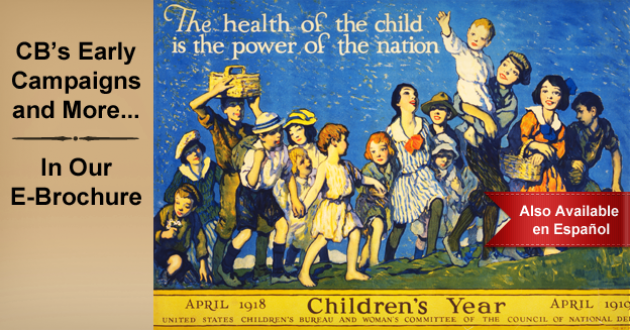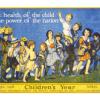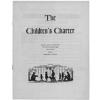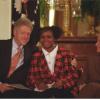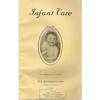The Story of the Children's Bureau
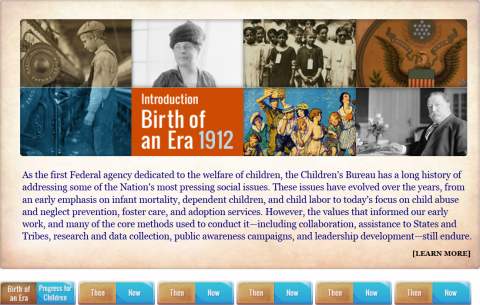
Explore an engaging “then” and “now” look at the Children’s Bureau’s history of collaboration, research, assistance to States and Tribes, public awareness campaigns, and more.

Special Journal Issue Celebrates Children’s Bureau Centennial
Journal of Public Child Welfare, Sep 2012
In commemoration of the Children’s Bureau’s centennial, the Journal of Public Child Welfare recently published a double special issue titled “One Hundred Years of the U.S. Children’s Bureau Professionalizing and Improving Child Welfare.”
Children's Bureau Express
Centennial Series
Read about highlights from each decade of the Children's Bureau's first 100 years:
- February 2013:
- December 2012/January 2013:
- November 2012:
- October 2012:
- September 2012:
- August 2012:

Watch the Video (10:53 minutes)
A new video captures 100 years of leadership in protecting children and strengthening families. Also available en Español.
Theme by Danetsoft and Danang Probo Sayekti inspired by Maksimer



